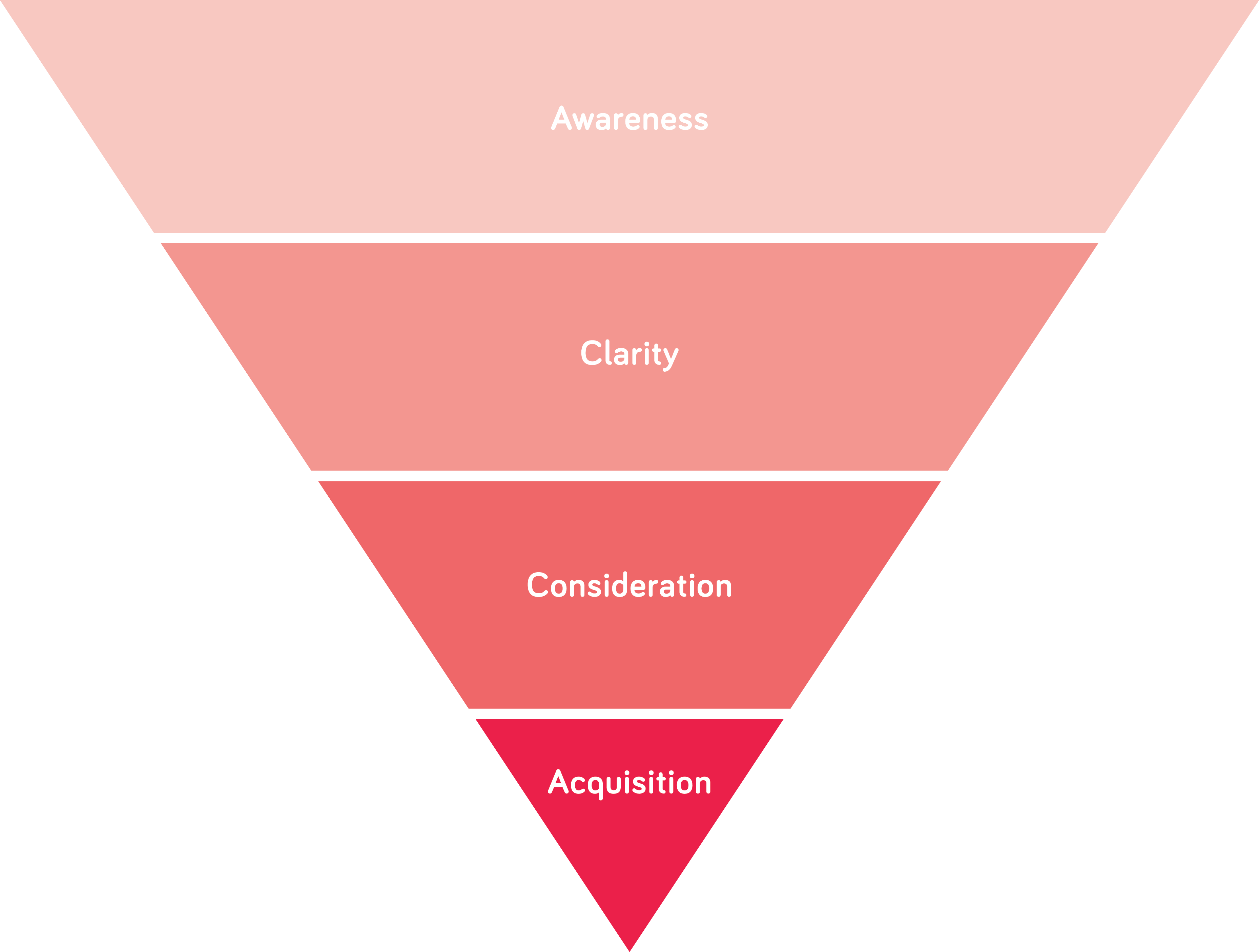Years ago, before GPS and Google Maps took over the world, ancient civilizations, explorers, merchants and scientists depended on the North Star to guide them across unknown lands and mysterious oceans. With all of the unknowns they faced, the North Star was a steadfast assurance that guided them on their journey.
If you are a small business owner or entrepreneur wearing many hats within your business, including public relations strategist, it is important to define what will guide your PR efforts early on in your business’s journey - what is your PR North Star?
Public relations by definition is “A strategic communication process that builds mutually beneficial relationships between organizations and their publics.”
The best way to build relationships with your customers is to put them first- make them your North Star.
As I mentioned in my previous blog, customers are the bloodline of a business. Without customers you don’t have a business, so create a PR strategy that is guided by their stories and needs in order to build a relationship with them and inspire brand loyalty.
One of the best ways to put the customer first is to learn about them.
Ask yourself these questions:
- Where do our customers live?
- What do they do for fun?
- What do they value?
- Where do they read in their spare time?
- Where do they work?
- Where does your company fit into their life?
- How does our products/services satisfy their needs?
- How can your company benefit customers in a way they might not realize?
After you dig into who your audience really is, you can start thinking about what kind of PR campaigns will resonate with them; something that will interest them but also feel authentic.
Below are a few tips to guide your PR efforts using customers as your North Star.
#1 Build Trust Before Pushing Sales
When you are developing a public relations campaign, consider where PR initiatives fall in your customer acquisition funnel.
At Brolik, we develop an acquisition model for every digital marketing client we work with in order to define the steps necessary to convert prospective customers into paying customers.
Initiatives found at the top of the acquisition funnel are used to gain brand awareness and saturate a broad audience of people, whereas initiatives found at the bottom of the funnel will push people through to become a paying customer in the acquisition stage. In most instances, PR is found at the top of the funnel as an awareness driving initiative.

Acquisition funnels are structured in this multi-tiered format because it provides marketers and entrepreneurs a clear path for how to acquire new customers. Straying from this model creates confusion for potential customers. If you try to sell customers before they know who your company is and what you believe in, they will put on the brakes. It’s like asking someone to meet your mom before you’ve even been on a first date - whoa buddy, you need to slow down.

The awareness stage isn’t about getting people to buy your products or use your services. The top of the funnel is about getting in front of your customers and letting them know who you are, what you do and what you believe in. PR campaigns are a fantastic way to tell your brand’s story and develop a connection with your customers in the awareness stage.
Once customers are aware of your brand and start to build a connection with your story, they are more likely to move further down the funnel and potentially become a paying customer.
#2 Be Where Your Customers Are
In order for your PR campaigns to be customer-centric, you need to be where they are.
For example, if you’re the owner of a new clothing boutique, a great place to focus your PR efforts is reaching out to local media publications rather than national publications. Sure, it would be great to have your boutique featured on the pages of a nationally syndicated magazine - it would definitely increase brand awareness and build credibility. But if your boutique is located in only one city and has no ecommerce platform, you need to reach customers who live across the street rather than across the country.
Start by pitching to local news outlets, fashion magazines and blogs. These local publications are usually very willing to cover new businesses and entrepreneurial ventures. Another advantage of starting with local publications is that building smaller press hits can lead to larger media opportunities in the future.
Also consider reaching out to micro influencers on social media. A micro-influencer is someone who has influence in a particular niche with a relatively small audience. Again, be where your customers are. While micro-influencers will not have millions of followers, they will have thousands of followers who are your target audience.
Continuing with the example above, a boutique owner could reach out to a local fashion blogger and offer them a free outfit in exchange for an honest review of the products on social media. This blogger outreach can result in three huge benefits - the boutique owner will get a review of the products, achieve a press hit, and also build positive brand sentiment with the potential for the blogger to become a true brand advocate. All of these initiatives tie back to the top of the acquisition funnel.
#3 Do Good Things
Rather than wasting time and effort on self-promotional PR that neither your customers nor the media cares about, champion a cause. Look at your company’s mission and values, your customer’s values, and then identify a way you can translate these values into a way to serve your customers and community. Think purpose and customers first, what your company can get out of it second.
An easy way to do this is to partner with a non-profit organization or charity whose mission aligns with your company.
A great local example of this is Federal Donuts’ partnership with Broad Street Ministry Hospitality Collaborative, a nonprofit organization that serves guests in need a delicious, healthy meal, and offers a place to check their mail or get a change of clothes. With the help of a Kickstarter campaign, the two organizations raised enough money to fund the opening of Rooster Soup Company. This luncheonette style restaurant uses the leftover bones and chicken from Federal Donuts’ famous fried chicken to create soup stock that is then used as the base for various soups on their menu. The most amazing part of this partnership is that 100% of the net profits from Rooster Soup Co. go towards supporting Broad Street’s Hospitality Collaborative.
On top of supporting a great cause, this collaboration gained local and national media attention in outlets like Philly Mag, PhillyVoice, Philadelphia Business Journal, Fast Company, The Wall Street Journal, and now this blog.
This is a perfect example of Federal Donuts championing a cause that created press worthy buzz in an authentic way that put people first.

Which leads me to my next tip to keep PR campaigns customer centric...
#4 Always Be Authentic
Be authentic - stay true to your brand, its mission, values and story. This sounds simple. But it’s tempting for companies to tell customers what they want to hear, even if it means straying from their brand.
We’ve seen companies fall into this trap. Third Shift Brewing is one example. When Anheuser Busch saw the impact that craft breweries were having on the beer industry, they wanted to join the wave of growth. So they created Third Shift Brewing Co., a brand that was marketed as a “craft brewery” but was really under the corporate umbrella of Anheuser. The Brewers Association defines American craft brewers as "small, independent and traditional,” none of which applies to corporate powerhouse, Anheuser Busch.
If you know any beer nerds, you know they take beer very seriously. When craft beer lovers discovered that a corporate beer brand was trying to claim their product as a craft beer, they were not happy. Anheuser Busch’s intention to create a craft beer brand to appeal to a growing audience backfired, and the negative PR outweighed the good reviews.
The lesson here? Authenticity and transparency always win. Don’t try to fool your customers - we live in an age where people can and will find out if they are being deceived or misguided by a brand.
• • •
The four PR concepts listed above are pretty simple:
- Build Trust Before Selling
- Be Where Your Customers Are
- Do Good Things
- Be Authentic
It’s easy to get wrapped up in building a PR campaign that is guided by a “How are we going to bring in more business” mindset. I’m not suggesting that ROI and goals are not important. However, when you develop PR campaigns with this mindset, you tend to lose focus on what your PR campaign should actually do: connect with your customers. Instead, make your customers your PR North Star and let them guide your campaigns.
